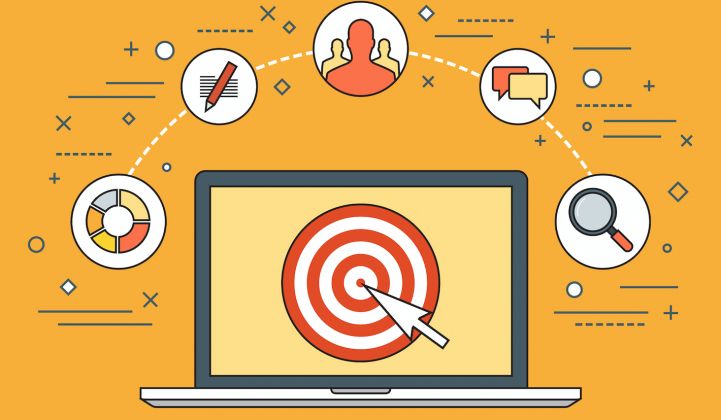Stop me if you’ve heard this one before: “Most utility customers spend just 8 minutes per year thinking about their electricity bill.”
That 8-minute stat comes from Accenture, and it actually refers to online interactions between customers and their utilities. Accenture's study is a much broader and more comprehensive report on customer engagement with utilities, but skeptical conference panelists often pick out this one stat, looking to throw cold water on the latest “big idea” in energy -- like the suggestion that everyday consumers will suddenly embrace time-of-use rates or that Grandma will use blockchain technology to sell excess solar power to her neighbor. How could any of that happen when customers spend so little time interacting with their energy provider?

It’s an effective one-liner in front of an audience, but it's one of those quick stats that doesn’t address the full picture on engagement.
Customer engagement is fundamentally not about measuring minutes of thought or effort. It’s about achieving outcomes, things like improving customer service, generating system-level savings and facilitating customer choice. Instead of fretting over the average user’s limited online attention span, utilities should instead focus on delivering the right type of service to fit a customer's preferences and deliver their desired results. For some consumers, 8 minutes per year is more than enough to build a strong relationship with their utility, and innovative utilities are making the most of their online interactions with customers in a number of different ways.
Following intuitive web design
If a utility were a social media platform, 8 minutes of online interaction per year would be an abysmal failure. But most energy consumers interact with their utility when they want to get something done, like pay their bill or report an outage. Who wants to spend more time on these tasks than absolutely necessary?
Indeed, the essence of good web design is "don’t make me think,” as a bestselling book put it. Utilities should be rewarded for following intuitive web design principles that will help customers complete their online transactions in as little time as possible. In fact, given that a majority of utilities would prefer a form of performance-based ratemaking, why not create incentives for fast, efficient online customer service as part of the utility business model?
Personalizing the customer experience
It’s true some customers spend just a few minutes per year thinking about their energy service, but every utility also has a group of “power users” that are highly engaged. It’s possible to serve both groups effectively by personalizing the customer experience and letting each customer choose how much interaction they want from their power provider.
Creating a personalized experience starts with a better understanding of what customers really want, and addressing those wants through a customer segmentation strategy. Utilities are increasingly using demographic and firmographic data, as well as energy use and interactive data, to create highly specialized market segments, just like Amazon and Netflix do for their e-commerce and entertainment customers. For utilities that are just beginning the segmentation process, Smart Grid Consumer Collaborative’s five-segment model provides an excellent starting point, and shows there’s no shame in leaving “status quo” customers alone while nurturing “movers and shakers.”

Increasing enrollment in cost-saving programs
I’ve already argued that most customers engage with their utilities when they want to get something done. Often, that means enrolling in a program, such as receiving an energy-efficiency incentive. Yet, as anyone who’s filled out a rebate form knows, this process is anything but seamless. Given that all customers benefit from increased energy efficiency, whether they enroll in programs or not, shouldn’t utilities be incentivized to make this process as simple as booking a ride through Uber?
Many utilities are now moving in that direction, and they’re doing it by improving the online experience. Furthermore, data from J.D. Power & Associates’ annual survey shows that customers who are aware of energy-efficiency programs are much more satisfied than those who aren’t. That’s reason enough for any utility to get serious about online marketing of these cost-saving programs.
Ultimately, the utility’s job is not to get customers thinking about energy constantly. It’s to allow them to make energy decisions easily. So let’s stop focusing on how much time the average customer thinks about energy and put our efforts into measuring outcomes like improving customer service, generating system-level savings and facilitating customer choice.
Innovative utilities are -- and it shows.
***
Brian Bowen is regulatory affairs manager at FirstFuel, a cutting-edge customer engagement software platform.



